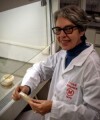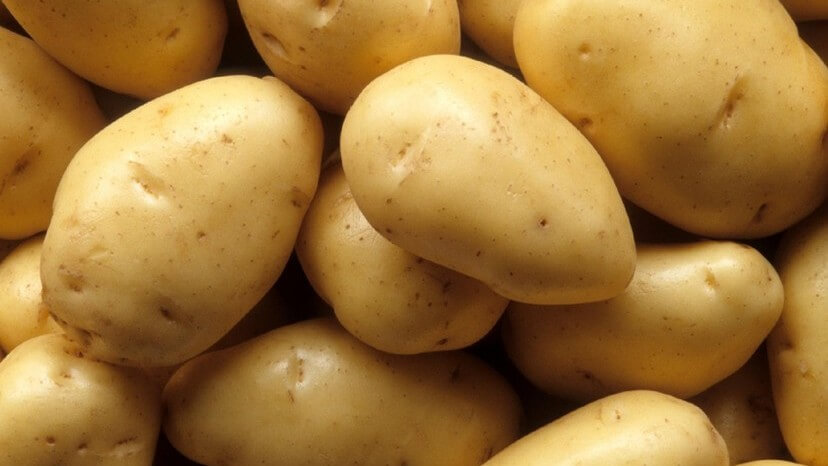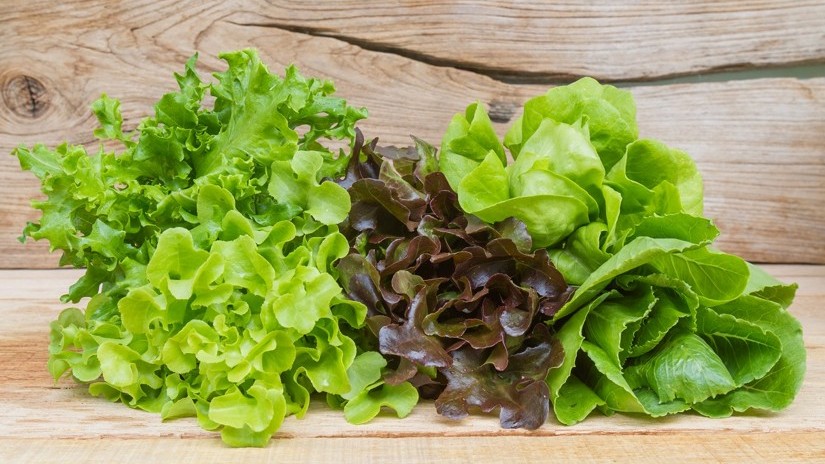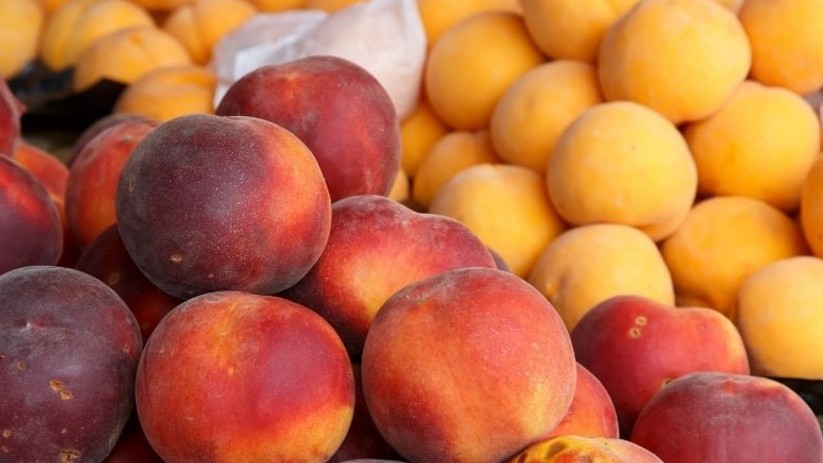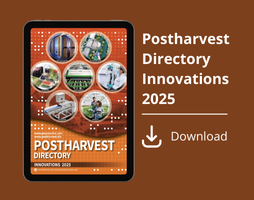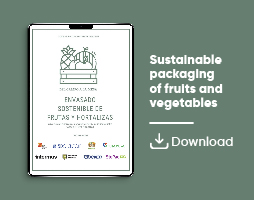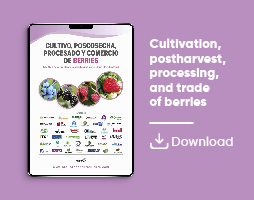News
Mitigating chilling injury and preserving postharvest tomato quality through folic acid treatment
Mitigating chilling injury and preserving postharvest tomato quality through folic acid treatment Folic acid significantly reduces chilling-related disorders, maintains fruit firmness and minimizes weight loss compared to untreated fruit
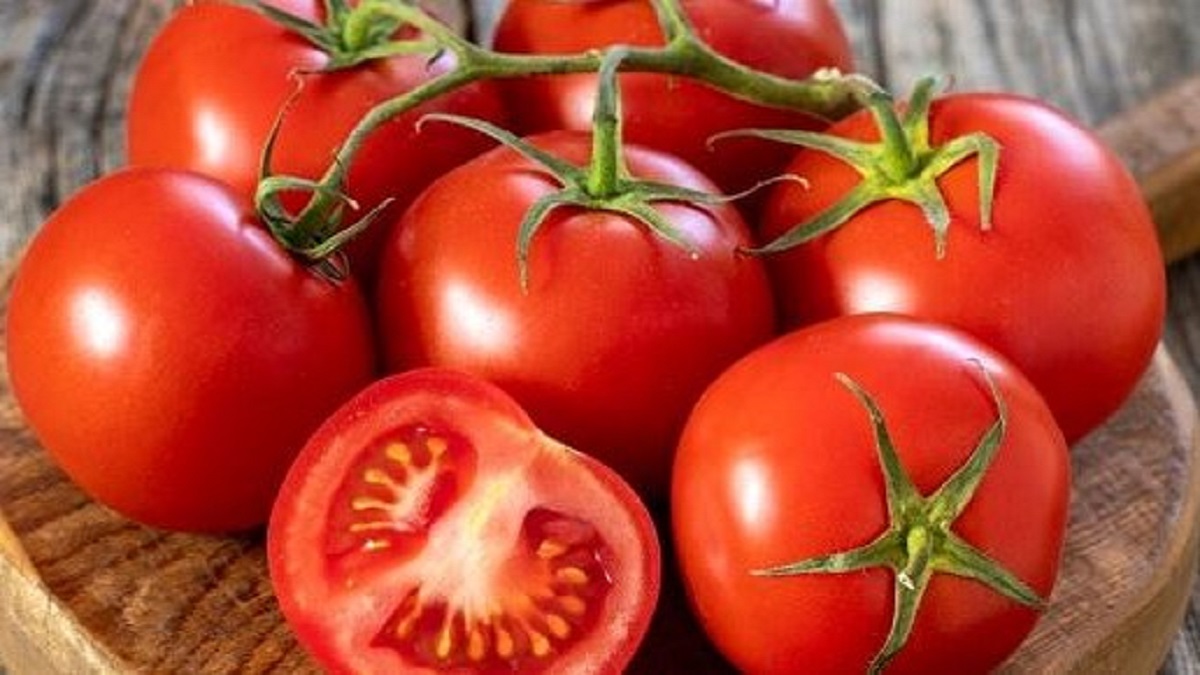
Fresh horticultural products are highly perishable and prone to degradation during storage. Refrigerated environments effectively slow metabolic processes and inhibit the development of pathogenic microorganisms, thus extending shelf life and improving overall quality.
Chilling injury
Nonetheless, chilling injury remains a major concern in cold-sensitive horticultural commodities.
Damage begins at the plasma membrane level, where the liquid phase transitions into a gel phase. This change increases membrane permeability and causes substantial electrolyte leakage.
Membrane protein dysfunction further compromises cellular integrity, leading to increased oxidative stress characterized by the accumulation of malondialdehyde (a marker of oxidative damage). As a result, cold storage contributes to the deterioration of fresh produce.
With the growing demand for high-quality vegetables, the development of treatments to address this issue has become increasingly necessary.
Postharvest handling and chilling injury in tomato
Tomato (Solanum lycopersicum, family Solanaceae) is a globally important crop, valued for its culinary versatility, health benefits and economic relevance.
Commercial handling typically involves harvesting tomatoes at the early ripening stage, followed by storage and transport under refrigerated conditions to control the ripening process.
As a climacteric fruit, tomato continues to ripen after harvest due to increased ethylene production and respiration rate. These features influence its physiology, making it prone to softening, darkening, pitting, off-flavors and dehydration.
Strategies to mitigate chilling injury in tomato
Several chemical approaches have been investigated to alleviate chilling damage in tomatoes.
For instance, exogenous melatonin enhances tolerance by activating stress-related genes, increasing levels of polyamines, proline and nitric oxide (NO), preserving membrane fluidity and integrity, and maintaining ATP biosynthesis.
The application of phenylalanine and sodium nitroprusside enhances antioxidant enzyme activity, reduces H₂O₂ content and boosts phenolic compound synthesis, thereby improving cold tolerance.
Likewise, gamma-aminobutyric acid (GABA) treatment reduces malondialdehyde accumulation, activates reactive oxygen species (ROS) scavengers and increases ascorbic acid and flavonoid content.
Folic acid or vitamin B9
Folic acid, also known as vitamin B9, is a compound beneficial to human health. Chemically known as pteroylmonoglutamic acid, it is approved by the U.S. Food and Drug Administration (FDA) for use as a nutritional supplement in various food products.
In plants, folic acid acts as an essential cofactor involved in DNA biosynthesis and methylation processes, which are critical for maintaining normal cellular functions.
The anionic form, folate, plays multiple roles in gene expression regulation through riboswitches*, catalyzes the conversion of phenylalanine to tyrosine, and participates in light capture as a coenzyme of photolyase and plant cryptochrome**. It also contributes to chlorophyll formation and enhances oxidative stress tolerance in seeds.
Postharvest effects
Recent research has shown that folic acid improves the quality of various crops during storage by delaying senescence and increasing postharvest longevity.
In broccoli, for example, folic acid treatment reduces respiration rates, suppresses ethylene production and boosts antioxidant enzyme activity. This leads to decreased levels of ROS and malondialdehyde, thus mitigating oxidative stress.
Positive results of folic acid application in postharvest tomato
A recent study specifically assessed the effectiveness of folic acid in preserving tomato quality during cold storage. The research focused on the biochemical mechanisms underlying folic acid-induced tolerance.
The study also aimed to establish a link between folic acid treatment and enhanced cold tolerance in tomatoes by evaluating quality attributes, enzymatic activities and physiological responses during low-temperature storage.
Tomatoes were immersed in solutions containing 0, 3 and 6 mgL⁻¹ of folic acid and stored at 4 °C for 25 days.
Treatment with 6 mgL⁻¹ folic acid proved to be the most effective strategy for mitigating quality deterioration and extending tomato shelf life under cold conditions.
The results showed that folic acid significantly reduced chilling-related anomalies, maintained higher fruit firmness and minimized weight loss compared to untreated fruit.
Additionally, folic acid-treated tomatoes exhibited approximately 35% lower levels of malondialdehyde and 30% less hydrogen peroxide (H₂O₂) than the control, indicating reduced oxidative damage.
Folic acid also enhanced the activity of key antioxidant enzymes, including superoxide dismutase, peroxidase, ascorbate peroxidase and glutathione reductase.
Non-enzymatic antioxidants such as ascorbic acid and total phenolic compounds also increased in folic acid-treated fruit, contributing to improved free radical scavenging capacity.
These findings support a better understanding of the role of folic acid in maintaining tomato quality during cold storage.
* Riboswitches are RNA elements located in messenger RNA molecules that act as intracellular sensors, regulating gene expression in response to specific ligands such as purines, amino acids, sugars or metal ions. Structural changes upon ligand binding affect gene expression.
** Plant cryptochromes are photoreceptor proteins that detect blue and UV-A light and play an important role in plant development and circadian rhythms. They are present in all major plant lineages and are involved in processes such as growth, flowering and response to environmental stimuli.
Sources
Ghorbani, Z.; Saba, M. K.; Mansouri, S. (2025).
Preserving postharvest quality and mitigating chilling injury in tomatoes through folic acid treatment
Postharvest Biology and Technology, 228: 113669.
Picture
https://noticias.r7.com/saude/feed-tv-saude/tomate-um-aliado-completo-para-prevenir-o-envelhecimento-precoce-24072025/ Acceso el 31/07/2025.


